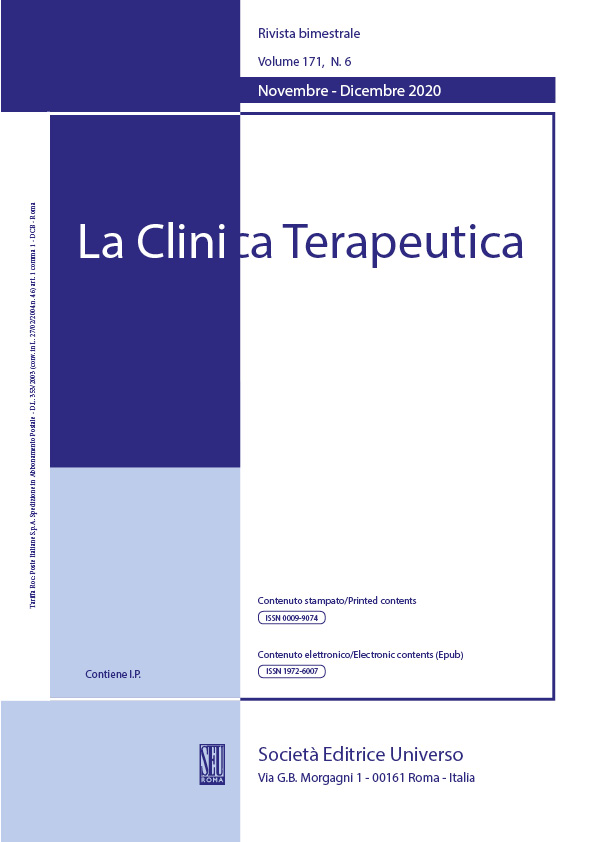Abstract
Background and aim: Appropriate end of life (EOL) management in Internal Medicine wards is challanging. The aim of this study was to analyze the burden of an educational program on EOL management in a Internal Medicine ward.
Materials and methods: We retrospectively analysed characteristics and management of patients consecutively died in an italian Internal Medicine ward along one year. We compared demographic, co-morbidity, pharmacological treatment in the last 48-hours of life and procedures during hospital stay in patients died six months before and after an educational program on palliative cares and EOL management addressed to a team of physicians and nurses.
Results: Study population was composed by 354 patients (190 females), with mean age ± DS 83.5 ± 10.6 years, one half admitted after the educational program. Eighty-four percent of deaths was exepected in the last 48 hours before exitus. Demographic characteristics and causes of hospitalization were not different before and after educational program. After the educational program the sharing of palliative care program with patient, relatives and/or caregivers (97.7% vs 85.8%, p=0.0001) and written order to withdrawal vital parameters relevation (39.5% vs 22%, p=0.0005) significantly increased, while difference in pharmacological classes prescribed in the last 48 hours of life was not find. Blood (54.8% vs 67.2%, p=0.0219) and arterial gas analysis (28.8% vs 39.5%, p=0.0435) samples in the last 48 hours of life were significantly reduced. Radiological and/or endoscopic examinations, red cells or platelets transfusion were reduced and palliative therapy was increased, despite difference between the two periods was not statistically significant.
Conclusion: Educational program in Internal Medicine wards aimed to improve skills could contribute to make EOL management more appropriate and patient-oriented and it should be strongly encouraged.
